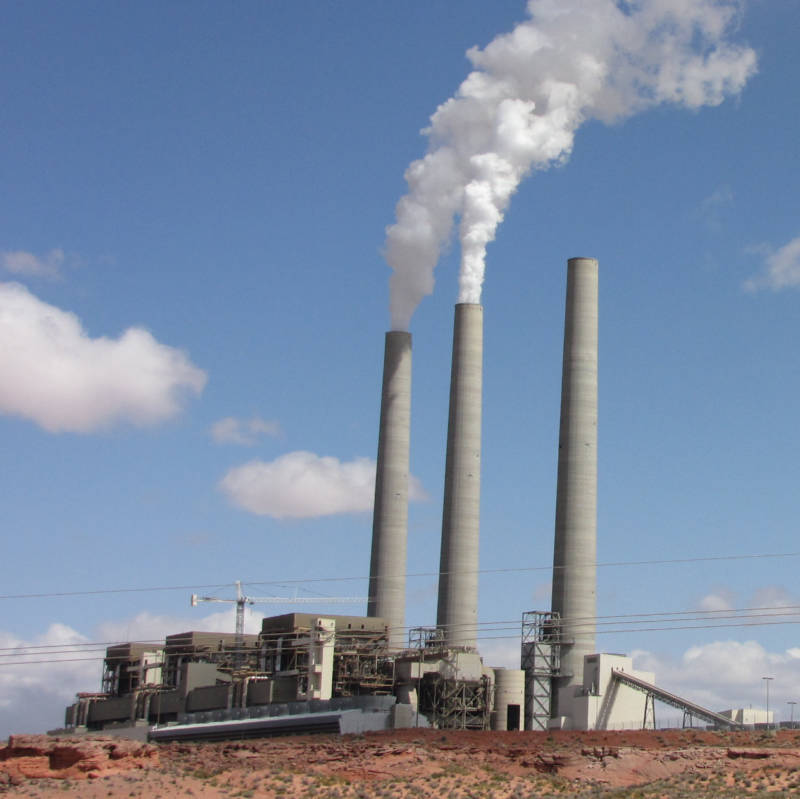Greenpeace gives Facebook a deadline to clean up its act…on Facebook.

With its stepped-up “Facebook: Unfriend Coal” campaign, Greenpeace is calling on the Palo Alto-based company to become coal-free by 2021, to be transparent about its carbon footprint, and to advocate for clean energy sources at all levels of government. And it wants a public commitment by April, 22: Earth Day.
“We’re saying, ‘Look, you’re being looked at as a leader in the technology space, and the corporate space, and to be using 19th century technology to power your 21st century company doesn’t make sense,” said Casey Harrell of Greenpeace.
Facebook drew some criticism last January when it announced plans to construct a data center in Oregon. Despite high efficiency standards and plans for facility-wide LEED Gold certification, environmental groups protested the data center’s energy source; a utility that is powered largely by burning coal.
One way Greenpeace voiced its opposition to the Oregon data center was through this animated video:
Last fall, Facebook announced plans for a second data center, this time in North Carolina’s coal country. Greenpeace is critical of the energy sources of this one, too, primarily coal and nuclear, but Harrell did praise the plans for energy efficiency at the Facebook data centers, characterizing them as “in the top 10-15% of data centers.”
Facebook’s director of policy communications, Barry Schnitt sent me this response when I emailed him about the Greenpeace campaign:
We agree with many of Greenpeace’s goals and, as we grow, we’ll continue to invest more in reducing our impact on the environment and sharing more of the efficiency technology we’ve developed. As part of that effort, we’ve opened a dialogue with a number of environmental organizations including Environmental Defense Fund, Alliance to Save Energy, Digital Energy Solutions Campaign, and Greenpeace to benefit from their expertise as we expand our efforts. Of course, it’s important to remember that Facebook is a very young company and it’s impossible to predict where we’ll be in ten years and, thus, it’s difficult for us to make commitments about that timeframe. Ten years ago, Facebook didn’t even exist.
Along these lines, Greenbiz writer Matthew Wheeland opined that perhaps Facebook is so young, it doesn’t have the infrastructure yet for a comprehensive sustainability platform.
Last year’s “Make it Green” report from Greenpeace found that the energy used to power the Internet (not counting the devices used to access it) was estimated at more than 620 billion kilowatt-hours in 2007, which, the report said, would place the Internet among the top five nations in the world, in terms of energy usage.
According to The New York Times, data centers account for 1.5% of all electricity consumption in the US.
Facebook’s slice of that energy usage is bound to keep growing as the social network continues to gain users around the world, which currently number more than 500 million. For more on what Facebook has to say about its carbon footprint, there’s the company’s Green page, and there’s a lengthy comment posted by Schnitt to the Greenpeace blog in September.
So far, the Greenpeace campaign has more than 35,000 “likes” on its Facebook page.
